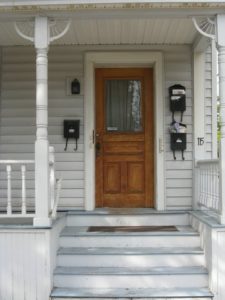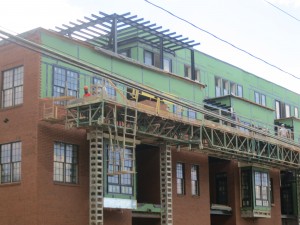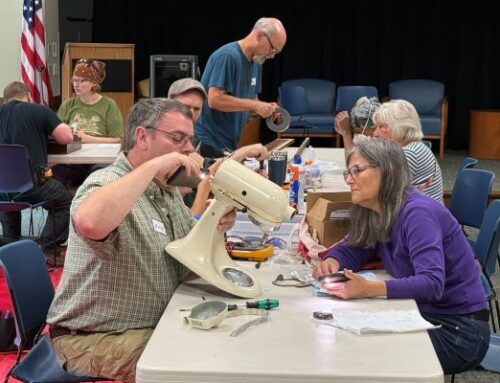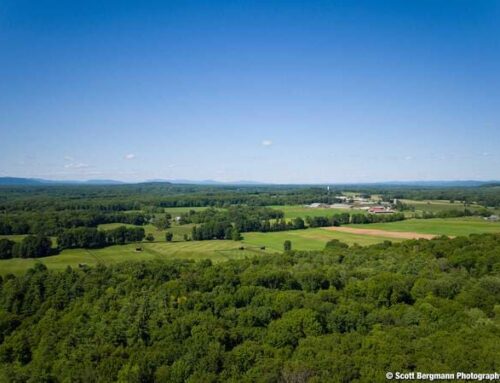Sustainable Saratoga has long advocated for more diverse housing opportunities within Saratoga Springs because we believe that increased diversity brings greater stability, economic resilience, and sustainability. Given this philosophy, we applaud the City for encouraging and supporting the new workforce rental housing developments in the city. There are now over 350 new rental units for lower income households “in the works” and there may be another 200 rental units on Tait Lane.
While we are encouraged by these new workforce housing projects, we also want to push for a more diverse portfolio of housing opportunities in the city.
 Middle-income households in Saratoga also need housing opportunities. It appears most of the new units are targeted for “low-income” households (HUD-defined as households making less than 60% of the area median income).
Middle-income households in Saratoga also need housing opportunities. It appears most of the new units are targeted for “low-income” households (HUD-defined as households making less than 60% of the area median income).- Diversity of household incomes within a housing development can help to make these projects more competitive with respect to the pursuit of tax credits, and also more inclusive. It appears that none of the proposed developments include any market-rate units.
- Given the vulnerability of tax credits, we caution the City against relying solely on state and federal tax credits for its affordable housing strategy. Almost all the current workforce-housing projects are dependent on state and federal low-income tax credits (i.e. “Intrada” on West Avenue and “The Link at SoBro” on South Broadway). Further, it appears that the proposed “Promenade” on West Circular Street and the Tait Lane development will also be tax credit dependent.
- The projects mentioned above are all rental units; Saratoga needs more home ownership opportunities for low and middle-income households for these individuals to build equity.
We believe this community needs a comprehensive strategy to meet our diverse housing needs. The strategy must include policies for special needs populations, as well as for households across a range of income categories that are experiencing real housing challenges within the City without always depending on other governmental funding.

We hear all the time that the next generation Saratogians can’t afford to live in the city where they were born. The same is true for those employed in the city as teachers, nurses, police officers, etc. Some form of inclusionary zoning or other creative local public/private financing efforts would ensure that new mixed income housing guarantees rental and ownership units for middle income people ($80k-$140k household income) who currently cannot afford to live in Saratoga Springs.
Sustainable Saratoga urges the City Council to formally make a decision to accept some form of inclusionary zoning to address the inadequacies mentioned above. The Council has been studying the proposed Spa Housing Ordinance for several years; it is time to stand up for the community and to make a long-term and sustainable investment in affordable housing.




